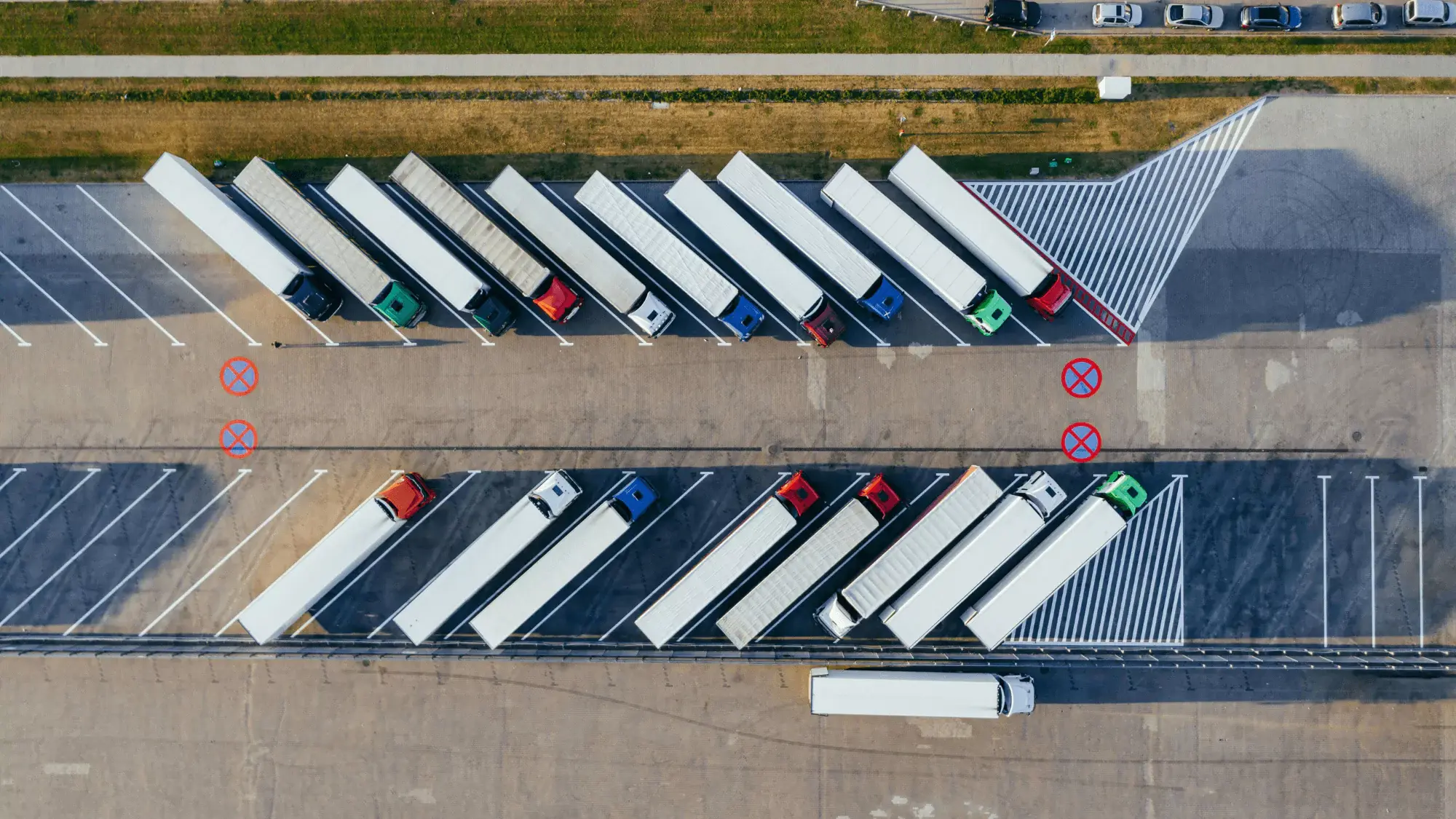
Remember when inbound freight meant simply picking up the phone and booking a truck? Those days are long gone. Today, inbound freight is a critical component of the supply chain, ensuring the timely and efficient flow of goods and materials into your business.
But with ever-evolving regulations, fluctuating market dynamics, and the explosion of data, businesses need to adapt their inbound freight strategies to stay ahead.
The Evolution of Inbound Freight
Inbound freight has come a long way. From the early days of horse-drawn carriages and sailing ships to the modern era of intermodal transportation and sophisticated logistics networks, the industry has undergone a dramatic transformation. But in recent years, the pace of change has accelerated dramatically. Globalization has expanded supply chains across continents, the e-commerce boom has fueled a surge in demand for faster and more flexible delivery options, and customer expectations for transparency and responsiveness have reached new heights.
At the heart of inbound freight management are routing guides. These documents serve as a roadmap for shippers, outlining preferred carriers, transportation modes, and routes for different types of shipments. Traditionally, routing guides were static documents, updated infrequently and distributed manually.
However, today, this approach is no longer sufficient. Static routing guides struggle to accommodate real-time changes in market conditions, carrier availability, and customer demands. They lack the flexibility to adapt to unexpected disruptions, such as weather events, port congestion, or sudden shifts in demand. This can lead to inefficiencies, delays, and increased costs.
This inability to adapt to the speed of change in today's environment has exposed the limitations of traditional routing guides and highlighted the need for more dynamic and responsive solutions. The increasing complexity of inbound freight logistics demands a new approach, one that leverages technology and data to provide real-time visibility, flexibility, and optimization.
The Data Revolution in Inbound Freight
The rise of Big Data has revolutionized the way businesses approach inbound freight. No longer is data simply an endpoint for analysis after the fact–it's now the starting point for making strategic decisions that drive efficiency and cost savings. By harnessing the power of data analytics, companies can transform their inbound freight operations from reactive to proactive, anticipating challenges and capitalizing on opportunities.
Data-Driven Decision Making
Data empowers businesses to make smarter decisions across all aspects of inbound freight. Here are a few key applications:
-
Rate negotiation: Leverage historical data and market trends to negotiate better rates with carriers. By analyzing past performance and understanding current market conditions, shippers can gain valuable insights into pricing dynamics and secure more favorable contracts.
-
Shipment optimization: Analyze data to identify optimal package sizes, transportation modes, and routes. This can lead to significant cost savings and reduced transit times.
-
Predictive analytics: Use data to forecast demand, anticipate potential disruptions, and proactively adjust your inbound freight strategies. This allows you to mitigate risks, avoid delays, and maintain a smooth flow of goods.
Retail giants like Amazon and Walmart leverage data to optimize their vast logistics networks, predicting demand fluctuations and ensuring timely delivery of goods to distribution centers and stores. Manufacturing companies use data to track shipments in real time, identify bottlenecks, and proactively address potential delays.
The data revolution is transforming inbound freight, providing businesses with the tools they need to navigate complexity and thrive in a competitive landscape.
Navigating Regulatory Shifts
The regulatory landscape for inbound freight is constantly evolving, adding another layer of complexity for businesses to navigate. Government regulations, including international trade agreements, environmental regulations, and safety standards, can significantly impact how goods are transported and delivered. For example, changes in trade agreements can affect tariffs and customs procedures, while stricter environmental regulations might require the use of specific transportation modes or fuels.
Staying informed about these regulatory shifts is critical. Failing to comply with new regulations can result in hefty fines, delays, and disruptions to your supply chain. Companies need to proactively monitor changes in legislation and assess their potential impact on their inbound freight operations.
Fortunately, technology can be a powerful ally in navigating this ever-changing regulatory landscape. Software solutions can automate compliance checks, ensuring that shipments meet all relevant requirements before they even leave the dock. Real-time updates can keep businesses informed of any changes in regulations, allowing them to adapt quickly and avoid costly penalties. By leveraging technology, companies can turn regulatory compliance from a burden to a competitive advantage.
Becoming a "Shipper of Choice"
In inbound freight, becoming a "Shipper of Choice" can give your business a significant edge. But what exactly does it mean? A Shipper of Choice is a company that carriers prefer to work with due to their efficient operations, clear communication, and fair business practices.
The benefits of being a Shipper of Choice are numerous. Carriers are more likely to prioritize your shipments, offer better rates, and provide improved service levels. This translates to faster transit times, reduced costs, and greater reliability in your inbound freight operations.
So, how can you become a Shipper of Choice? Here are a few key strategies:
-
Streamline your loading and unloading processes. Minimize carrier dwell time by ensuring efficient operations at your docks. This includes having the necessary equipment, properly trained personnel, and clear procedures in place.
-
Establish clear expectations and maintain open communication with carriers. Provide carriers with accurate information about your shipments, including pickup and delivery schedules, and be responsive to their inquiries.
-
Embrace technology. Utilize transportation management systems (TMS) and other digital tools to provide carriers with real-time visibility into your shipments and facilitate seamless collaboration.
-
Build strong carrier relationships based on trust and mutual respect. Treat carriers fairly, pay invoices promptly, and offer flexible scheduling options whenever possible.
By focusing on these key areas, you can differentiate yourself from the competition and make your business a preferred partner for carriers. This not only leads to operational efficiencies and cost savings but also strengthens your overall supply chain resilience. In an industry where reliable partnerships are crucial, becoming a Shipper of Choice is an investment that pays dividends in the long run.
Steering Your Business Towards Inbound Freight Success
The inbound freight landscape is dynamic and complex, requiring businesses to adapt and evolve to stay competitive. From harnessing the power of data to navigating regulatory shifts and fostering strong carrier relationships, proactive strategies are essential for success. By embracing freight tech and implementing the insights discussed in this blog post, businesses can optimize their inbound freight operations, reduce costs, and improve efficiency.
Ready to take your inbound freight management to the next level? Customodal offers a comprehensive suite of solutions designed to help businesses navigate the complexities of modern freight and optimize their supply chain operations.
Contact us today to learn more about how Customodal can help you streamline your inbound freight, improve visibility, and drive cost savings!





